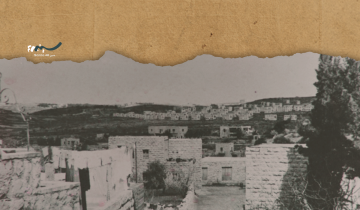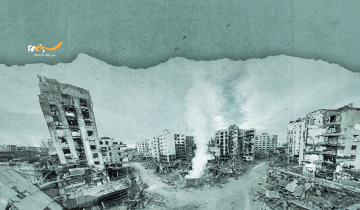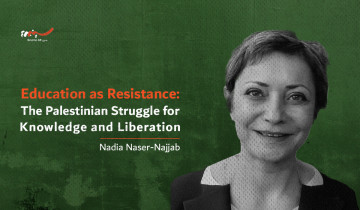Visualizing Palestine: Data with a Pulse

There are brief moments when data becomes poetry, when figures and narratives intersect to pierce the fog of apathy and stir the conscience, a necessity now more than ever as Palestine’s future hangs in the balance. Visualizing Palestine is a brilliant example of this alchemy—a collective that takes the raw material of reports, statistics, and lived realities and transforms them into visual testaments of truth and resistance. In their words:
MAKING NARRATIVE WAVES TO TURN THE
TIDE OF OPPRESSION TOWARD JUSTICE
Their work takes on an even more urgent significance as Scene48’s inaugural bulletin grapples with the question, “Palestine: Future in Question?” The ability to deconstruct, understand, and disseminate realities on the ground becomes an imperative. Born from the knowledge that the brutal truths of Palestinian life all too often go to waste, locked away in voluminous reports and unseen documents, Visualizing Palestine was established to thrust these facts into the public eye, to make facts tangible, and feeling possible change. Their infographics are not just graphics; they are intricately crafted doorways into the master plan of oppression and the resilience of a people. Each of their images—mapping the expansion of settlements, chronicling the detention of children, or tracking the course of a hunger strike—brings the intangible painfully palpable. The colour, loveliness, and compassion that they invest in their work not only invites understanding, but camaraderie. Their photographs, shared for free and translated into a clamour of tongues, ripple across borders and screens, instructing, inciting, and inspiring action.
In a world of noise and misinformation, Visualizing Palestine’s evidence-based account wins out, not only imparting information but also insight, necessary for unflinching examination of the uncertain future of Palestine. They do not serve to sermonise the choir, but to alter hearts, rectify wrongs, and equip champions and teachers with tools which speak more eloquently than words. As Arundhati Roy put it, their work is “the anatomy of an occupation laid bare”; a history of dispossession and resistance, of uprooted olive trees and razed villages, but also of determination and hope. Visualizing Palestine is not a project; it is a movement, a living archive, and a call to conscience. It does not simply magnify injustice in their grasp; it also expresses the humanity which clings, and clings to be heard, with an urgency to account for what comes next.
Where data becomes vision, and vision becomes a question for tomorrow: How do we see the future of Palestine, and who gets to draw its contours?




